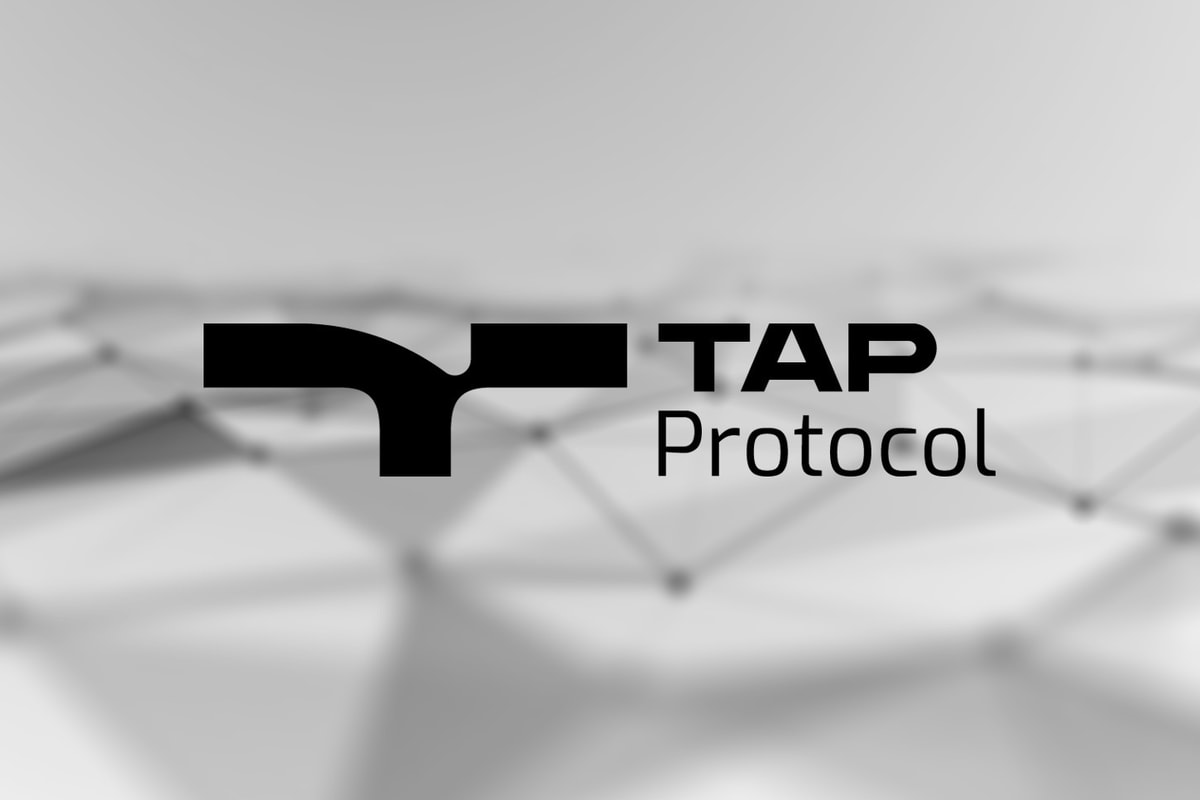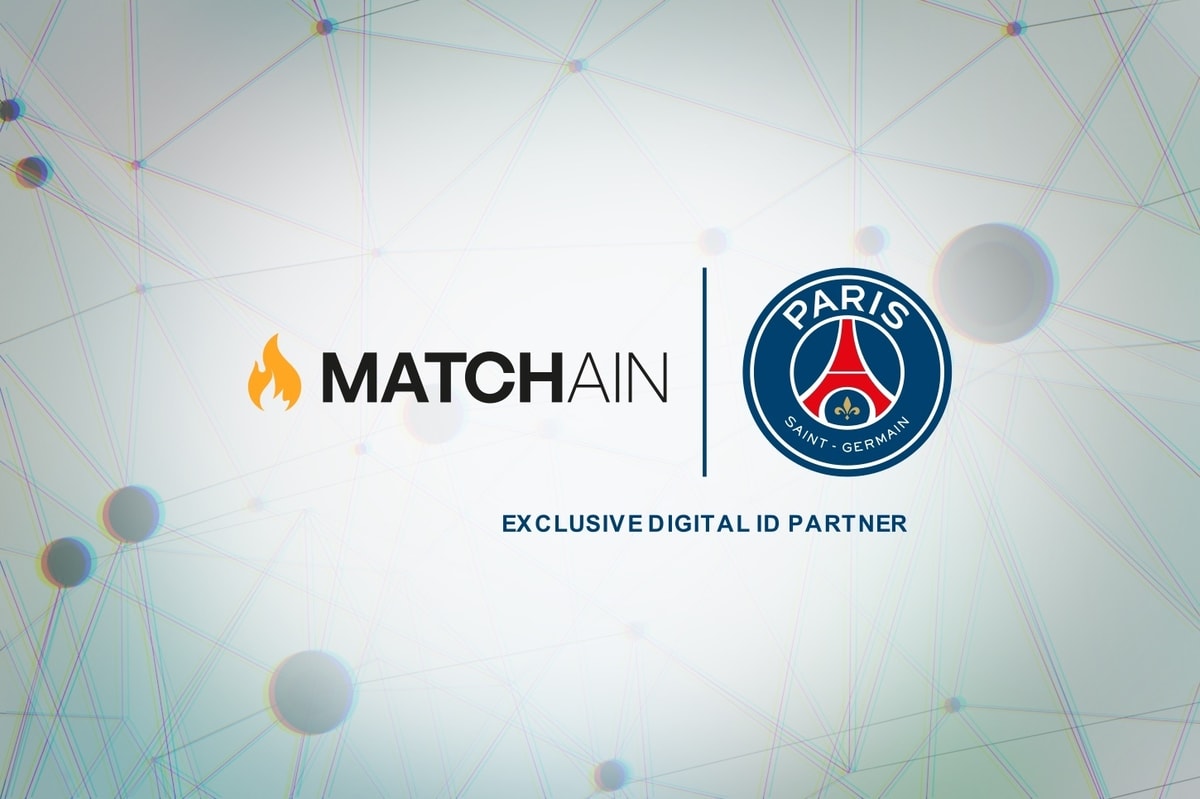With the year 2021 just over three months old, many have already set out to claim that this year is going to be the year of a DeFi boom, especially the decentralized derivatives market — and rightfully so.
However, the inherent limitations of the current phase of Ethereum mean that mass adoption, along with meeting the speculative and hedging needs of investors/traders, hasn’t been met properly.
Problems such as delayed price feed, order matching limitations, costly market-making and delayed liquidation have been plaguing the industry, with many organizations looking opting for a “bridge and multi-chain deployment” method as an interim solution, while Ethereum layer-two solutions mature.
Introducing Shield’s risk-free perpetual
Shield expects to solve these problems with disruptive ideas to become the first functional decentralized perpetual contract on Ethereum’s layer one. Shield’s decentralized risk-free perpetual contract is a game-changing product built on Ethereum and its decentralized derivative protocol to support its operations.
Shield’s risk-free perpetual contract allows users to avoid the potential downside risk (sometimes even liquidation) caused by delayed price feeds, which is prevalent in existing decentralized perpetuals. This protocol allows the users to open long or short positions with prepaid funding (limiting the maximum downside loss to the funding fee paid) in a fully trustless way.
Its protocol uses a combination of a dual liquidity pool model, peer-to-pool, a decentralized brokerage system and incentivizing external liquidators for timely liquidation to counteract the existing limitations.
With this, Shield has the potential to unlock a completely safe, borderless and censorship-resistant protocol, which is one step closer to Shield’s capability of providing its users with the next-generation global decentralized derivatives infrastructure with an emphasis on scalability and transparency.
Salient features of Shield’s risk-free perpetuals
- Guaranteed protection from adverse price movements, with a 100% cover on position.
- Exercise at any strike price, at any moment.
- Trade 24/7 on-chain in a non-custodial way.
- Strong liquidity backed by dual liquidity pools.
- Highly accessible to anyone with an internet connection and Ethereum wallet, no need for registration, Know Your Customer or email ID.
- Shield uses a peer-to-pool model, using external price oracles for pricing opening and closing positions.
- Uses a prepaid funding fee model.
- Incentivizes external liquidators using a dual incentive scheme — a gas fee-based incentive and a competition-based incentive.
- Utilizes a decentralized brokerage system understanding the need for an effective referral program.
Example of how Shield works
Let’s suppose you’re interested in opening a 1-Ether (ETH) long position at 1,800 DAI/ETH and prepay 10 Dai into the funding fee account. If the index price of ETH goes own to 1,500 DAI/ETH in a day, you do not suffer from the loss of this unfavorable price movement but rather just has to pay the funding fee for the day (taken out of the prepaid funding fee account).
Shield’s position
Crypto perpetuals are something that has existed way before Shield was initiated, so it is understandable to be curious about how Shield fares against its competitors and see what sets Shield apart. Shield is the first decentralized perpetual product that works completely on Ethereum’s layer one, as compared to its competitors, who either rely on off-chain order matching, sidechain or layer two, which are centralized, less secure, or not mature enough for user adoption respectively. In fact, Shield is the only perpetual contract product that is adaptable to Ethereum’s layer one and is fully decentralized.
Shield’s advantage
For traders, there are significant benefits, such as 0 position loss, low LP mining risk, unlimited liquidity, high transparency, high security, completely trustless and broker incentives from 40% to more than 100%. These benefits are miles apart from the competition, truly putting Shield in the driver’s seat of the decentralized perpetual market.
Take a look at the image below to fully understand how Shield fares against its competition.

Going forward
The decentralized derivatives space, as a market, has only just begun to grow. With it potentially becoming a trillion-dollar marketplace, Shield is positioned perfectly to disrupt the space and capture a major share with its global decentralized perpetual contract. However, the perpetual product is only the first step for the Shield network, as the team is constantly working in the direction of providing its users with the next generation of global decentralized derivative infrastructure. Shield 2.0 is on the cards, which will enable it to take the lead in global decentralized derivatives, driven by the Shield DAO.
If you want to participate in the next-generation experience and be an early member of Shield’s community (be on the lookout for the early adopters’ program!), the testnet is now live at Shieldex.io and is open for everyone to participate. Here’s a hearty welcome to the Shield Community. In the meantime, follow us on social media: Telegram, Twitter, and Medium.











